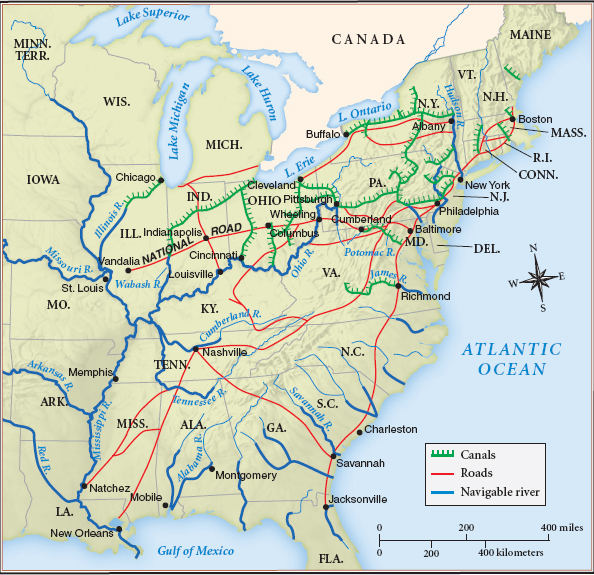
MAP 9.3 The Transportation Revolution: Roads and Canals, 1820–1850
By 1850, the United States had an efficient system of water-borne transportation with three distinct parts. Short canals and navigable rivers carried cotton, tobacco, and other products from the countryside of the southern seaboard states into the Atlantic commercial system. A second system, centered on the Erie, Chesapeake and Ohio, and Pennsylvania Mainline canals, linked northeastern seaports to the vast trans-Appalachian region. Finally, a set of regional canals in the Midwest connected most of the Great Lakes region to the Ohio and Mississippi rivers and the port of New Orleans.